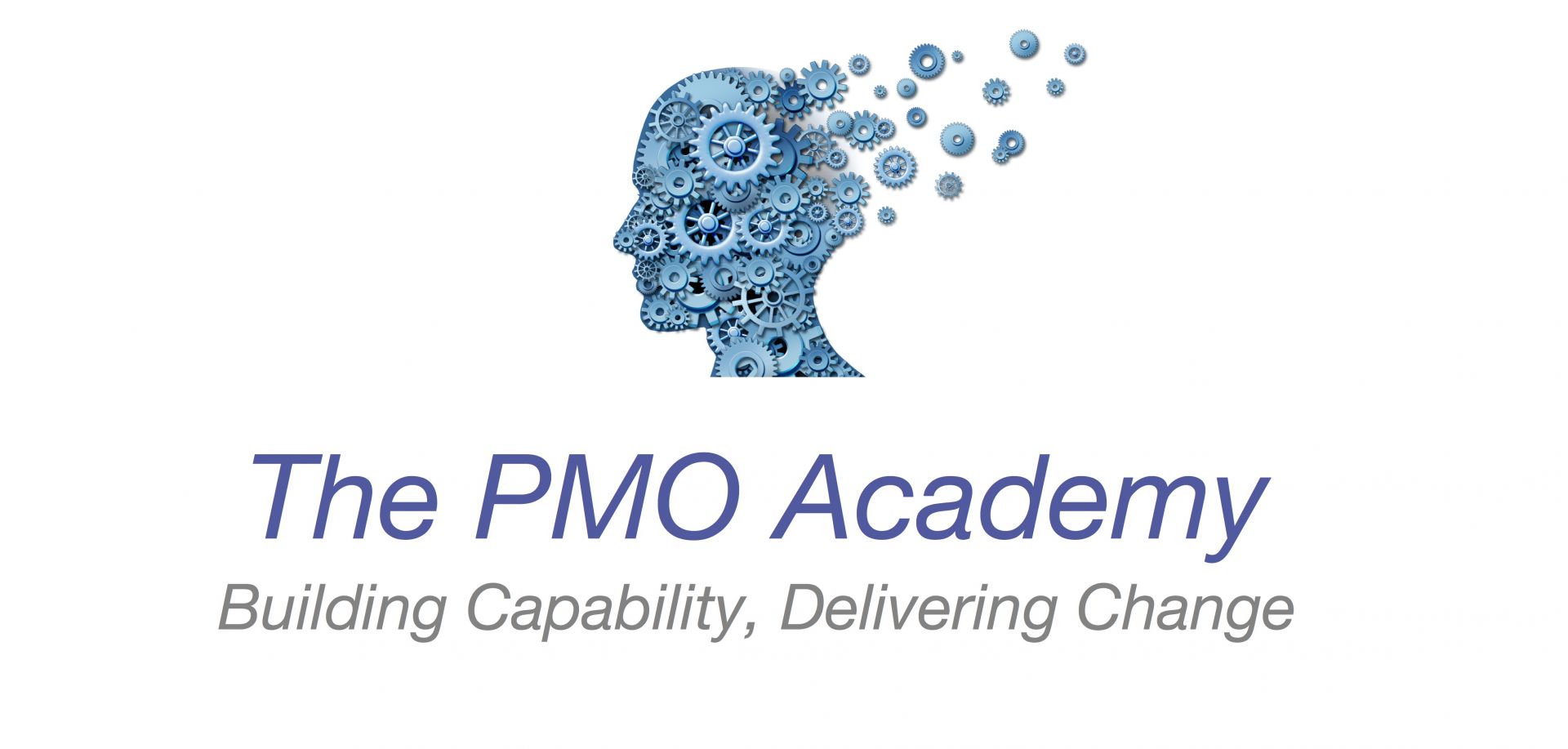Change rarely sticks without stakeholders buying into a compelling rationale for changing the status quo. Getting buy in from the various teams affected by the transformation, from internal employees, partners, customers, even shareholders, will make downstream changes easier to embed. Quite often, people find it difficult to connect with transformation programmes because they cannot see a link with wider business goals or how their team contributes. Wherever possible, involve stakeholders in shaping the programme vision and build a sense of ownership in a shared vision from the outset.
Some people can be naturally resistant to change, and will find ways of continuing old behaviour for as long as possible. Being clear on why we must do this transformation now, and communicating when old ways of working will stop provides a mental transition point for people to work to.
Re-enforcing early transition steps creates a sense of urgency to move people from established, and often comfortable working patterns. Of course, supporting people emotionally through change should not stop – however the option of not changing is clearly articulated.
Increasingly, large companies are faced with running multiple change initiatives in parallel. It essential to invest time in understanding the impact of multiple changes on the business before new initiatives are launched. Each change programme should agree what support they need with the affected business areas. For example, how much effort is expected from subject matter experts to provide input to business requirements, and when? What access is needed for user acceptance testing of new systems, or training in new processes? The combined impact of all change programmes then needs to be looked at holistically to ensure that change overload does not adversely impact employees or business results. text.
The sponsor’s role is critical in delivering transformational change. They outlast the project or programme manager, and are ultimately responsible for delivering benefit from the change into the organisation. Often, “implementation” is referred to as delivery of a new system, or new processes. This is only part of the story. Real implementation is when we can demonstrate that new ways of working have been adopted, and we can evidence that the new process or system has been fully embedded into day to day operations. Whilst a project or programme manager will be accountable for delivering a system or process, the sponsor ensures that the change is sustainable in the business. Appointing a suitably skilled, committed and empowered sponsor is a key enabler for successful change.
From the role of the sponsor, to managing business impacts, overcoming employee resistance to change and leading complex transformation initiatives, the ability to manage change is a core business capability. With the increase in the pace and volume of change, companies need to build on their core leadership and project management capabilities and complement this with practical skills in change management.

